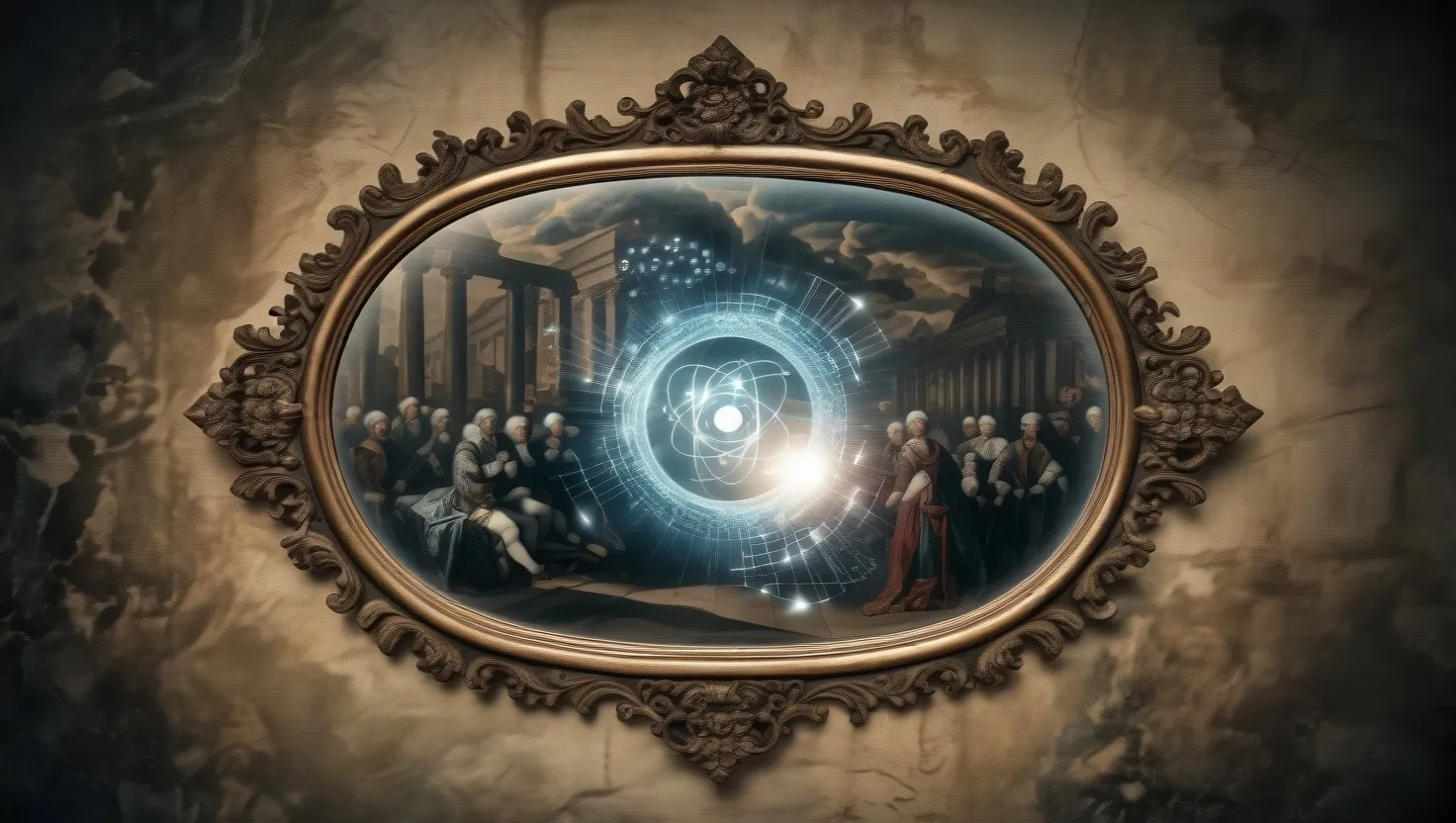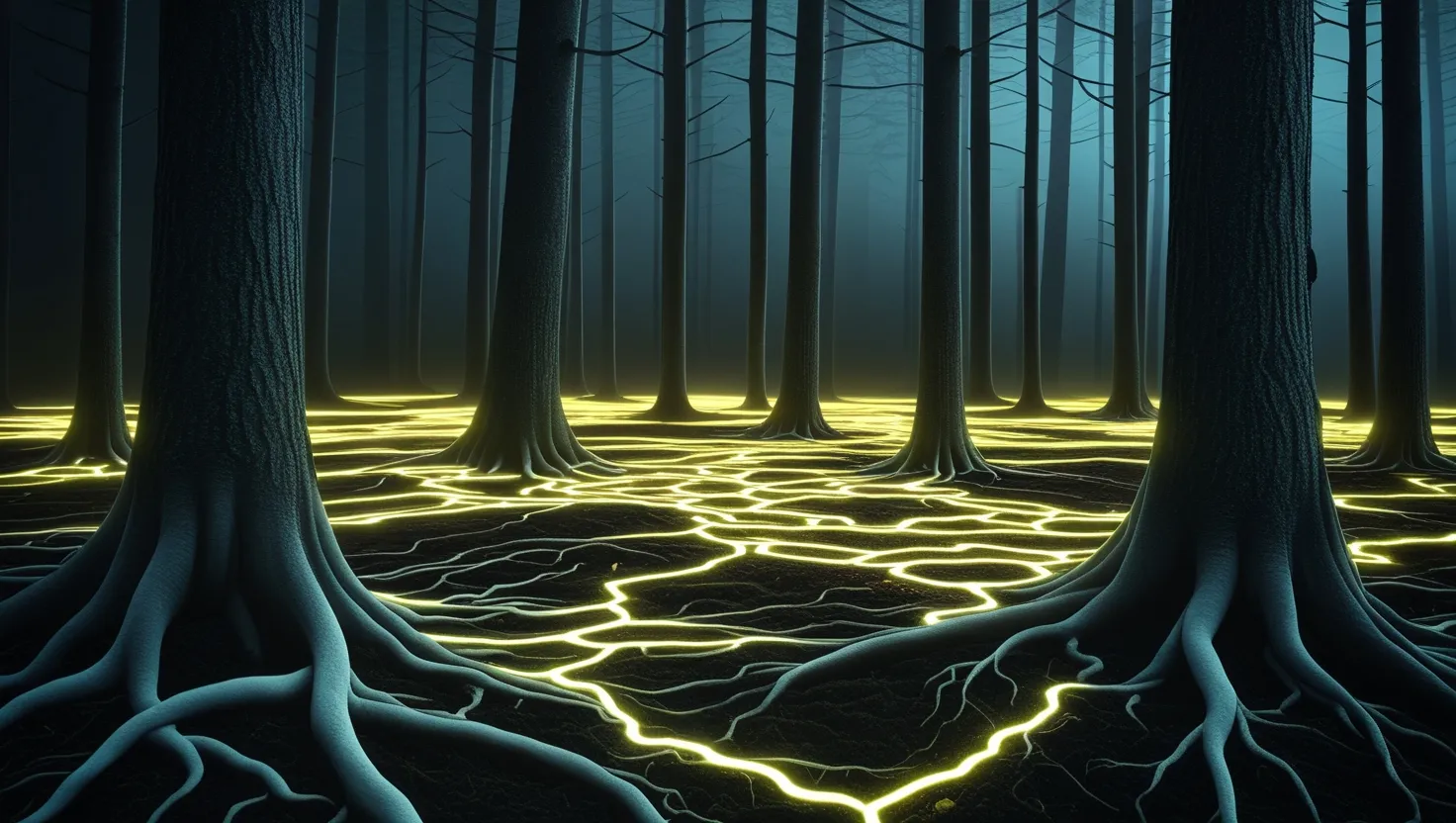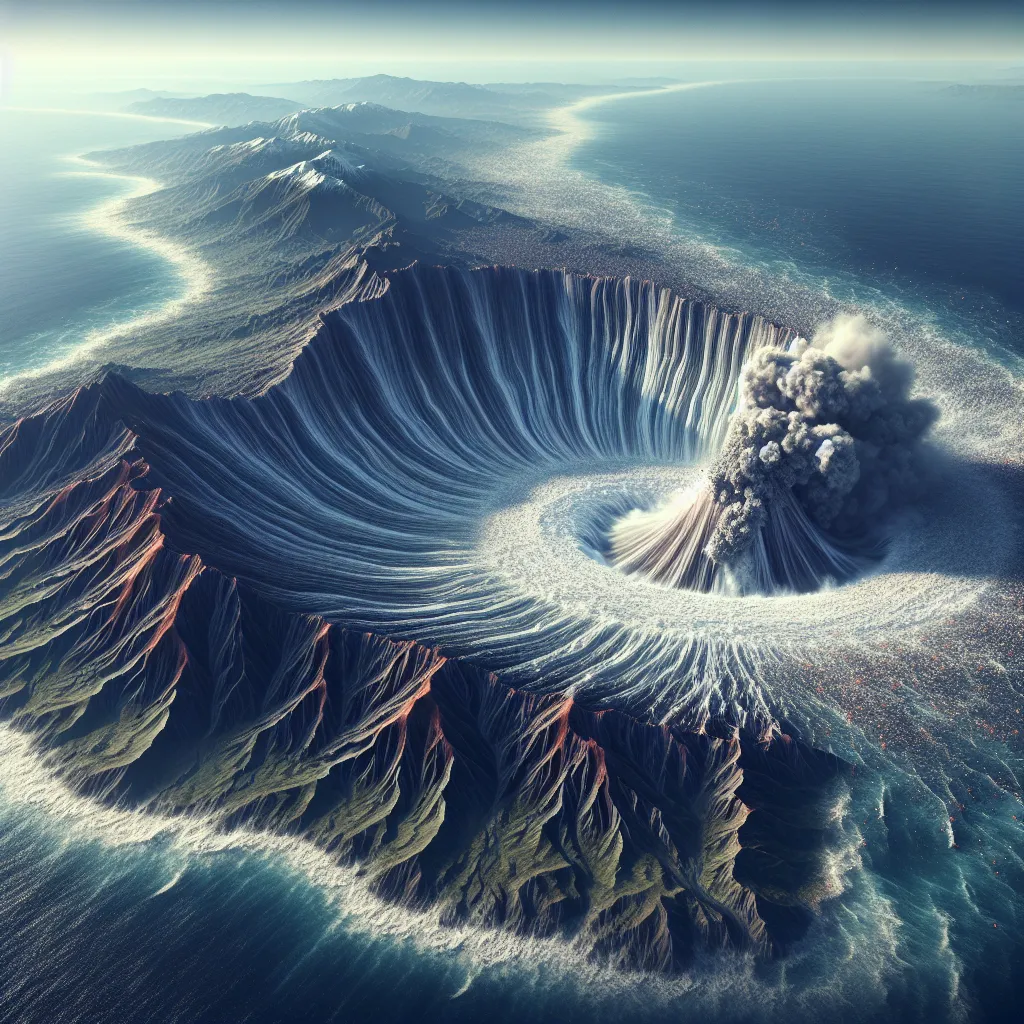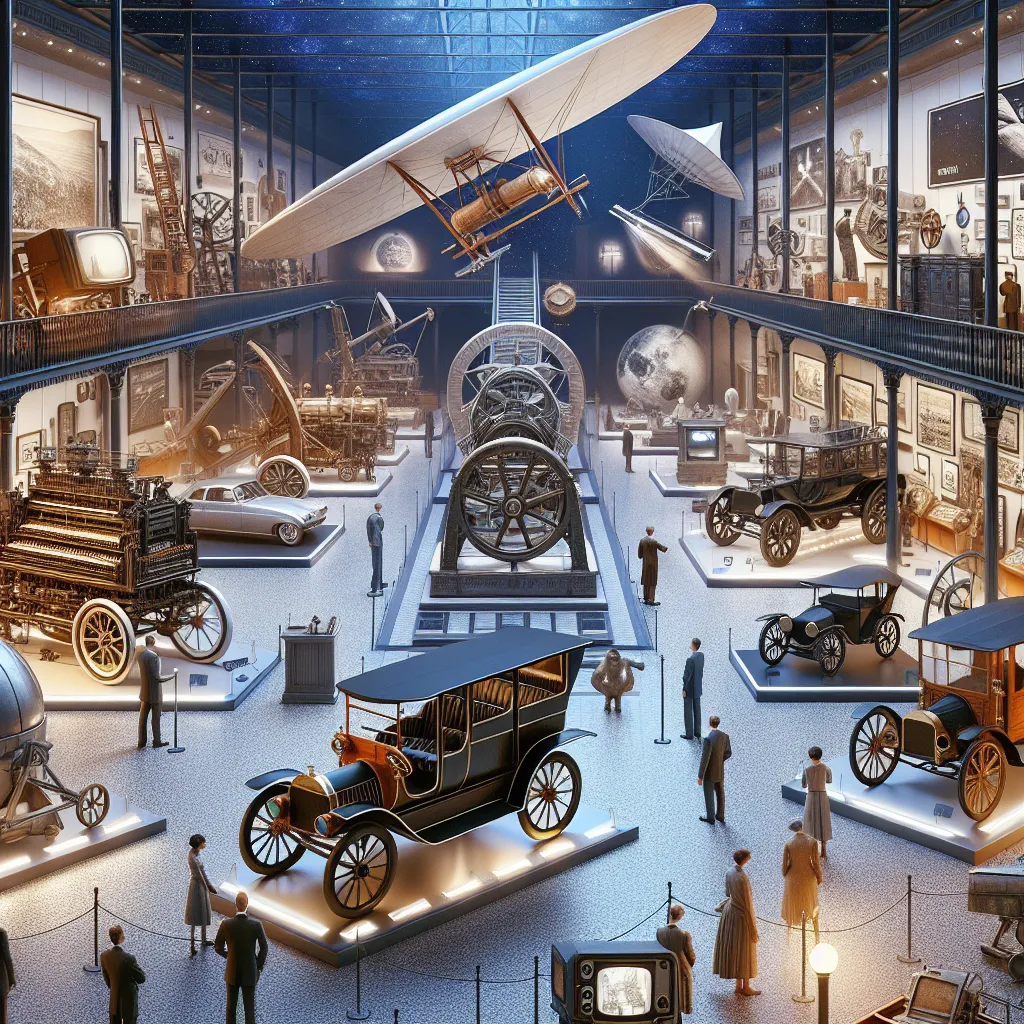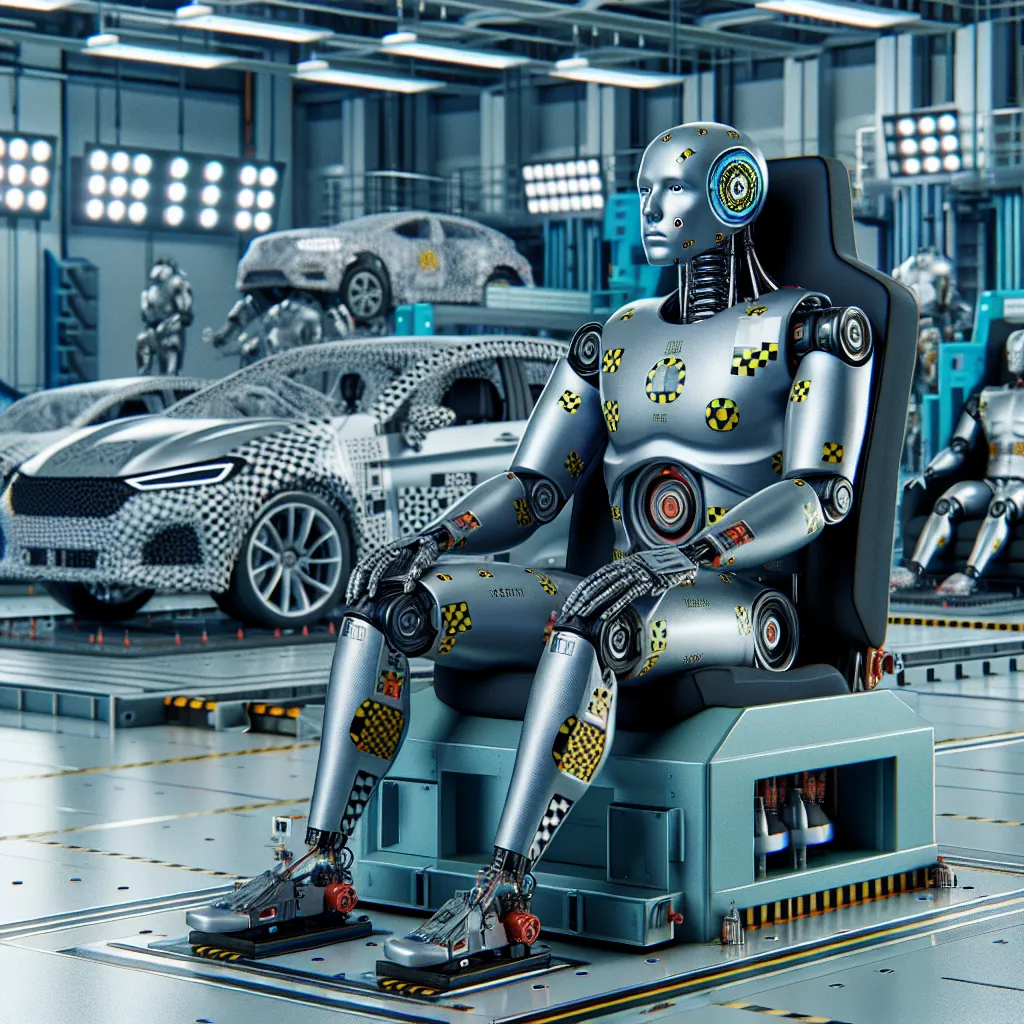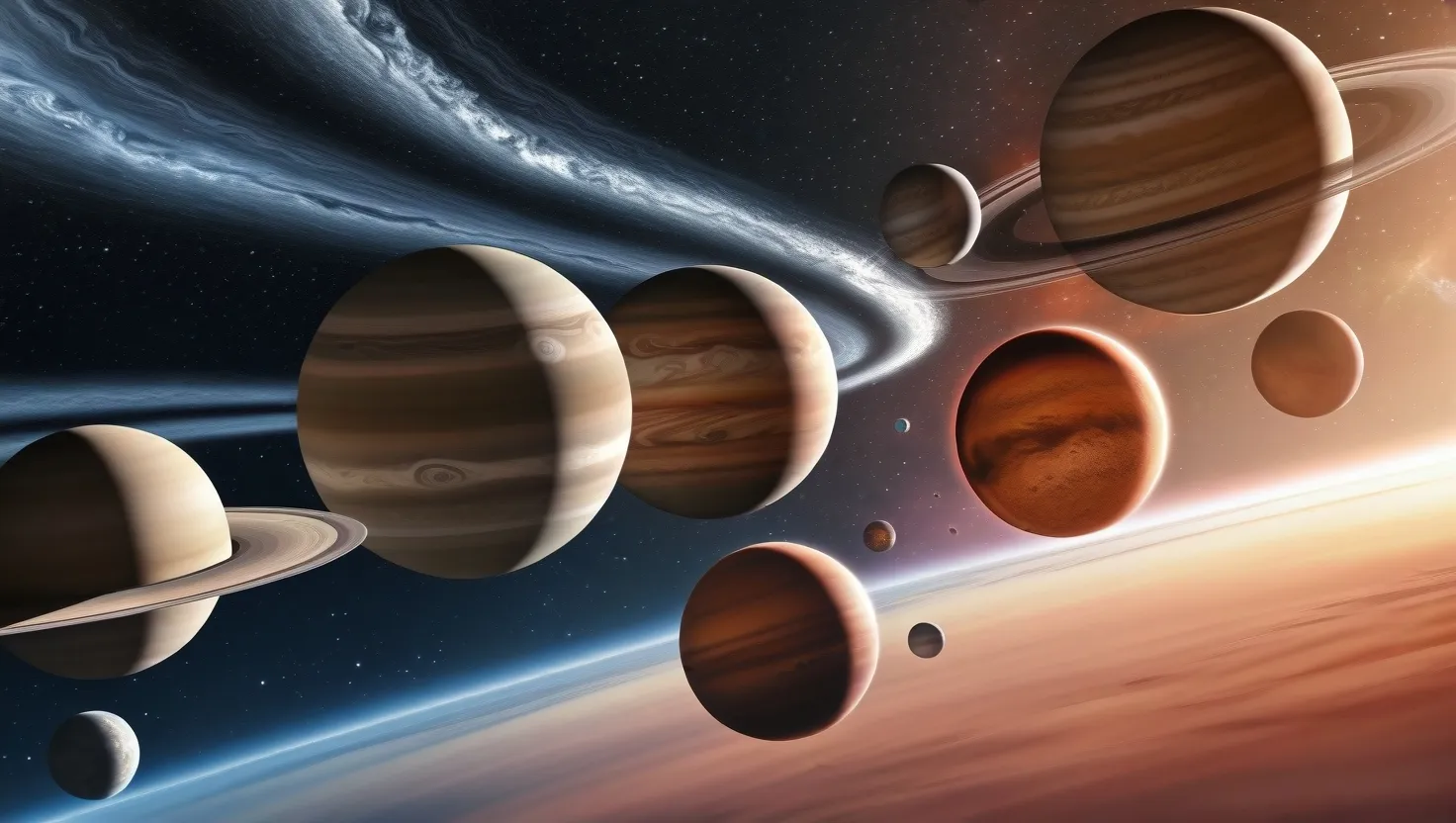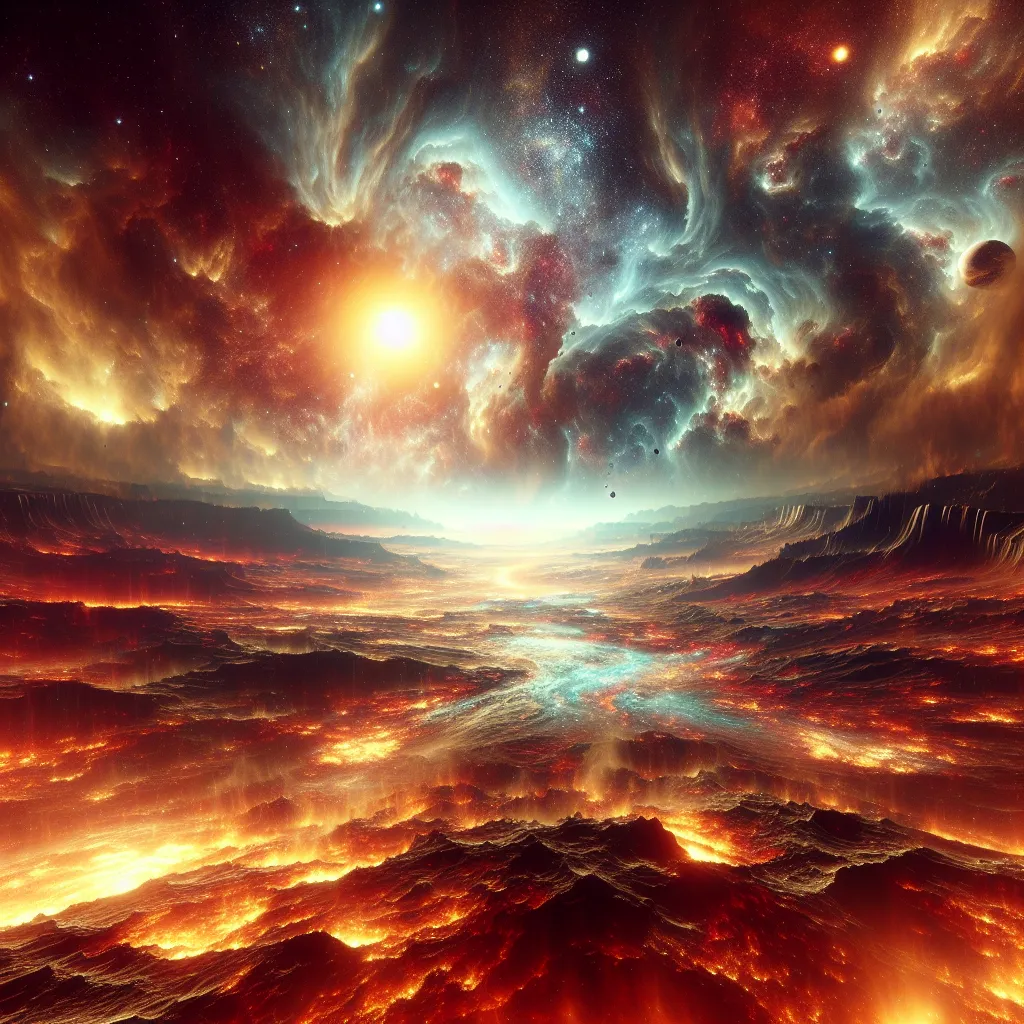Have you ever stood in front of an old mirror and felt an inexplicable connection to the past? The reflection staring back at you might seem ordinary, but what if that mirror held more than just your image? A fascinating, though highly speculative, theory suggests that certain antique mirrors could be more than mere reflective surfaces; they might be quantum time windows, allowing us to glimpse history as it unfolded.
This idea, while it sounds like the stuff of science fiction, has its roots in some intriguing concepts. Imagine a device that can capture and display past events, much like the mythical Chronovisor. This hypothetical device, often associated with the Vatican, is said to use advanced antennae to detect electromagnetic waves emitted by past events. These waves, according to the theory, never completely disappear but instead echo through time, waiting to be captured and decoded.
The Chronovisor, as described by its alleged inventor, Father Pellegrino Ernetti, a Benedictine monk with a background in physics and electronics, was a complex apparatus involving cathode rays, antennas, and other unknown components. Ernetti claimed that every action emits a unique frequency that can be tuned into, allowing the Chronovisor to reconstruct and display historical scenes. While this idea has been met with intense scientific scrutiny and remains in the realm of pseudo-science, it sparks an interesting question: could ancient mirrors serve a similar purpose?
To explore this idea, we need to delve into the realm of quantum mechanics and the behavior of electromagnetic waves. In theory, every event emits energy that travels outward from its source. This energy includes light and sound waves, which could, in principle, be detected and decoded. However, the primary challenge is the attenuation and dispersion of these waves over time and space. The longer the time period from which the event originates, the weaker and more scattered the signal becomes, making it nearly impossible to detect with current technology.
Advanced technologies, such as those involving superconducting materials and quantum computing, might hold the key to overcoming these challenges. Superconductors, with their ability to transmit electrical signals without resistance, could minimize energy loss and maximize signal capture. Quantum computers, capable of handling vast amounts of data simultaneously through quantum bits (qubits), might be powerful enough to process and convert these faint historical signals into understandable visual and auditory formats.
The role of artificial intelligence (AI) and machine learning algorithms is also crucial in this context. These systems could be trained to recognize patterns, filter out noise, and enhance the clarity and coherence of historical signals. However, differentiating between meaningful historical signals and random electromagnetic noise remains a significant challenge, requiring advanced filtering techniques.
If we were to imagine a scenario where ancient mirrors could act as quantum time windows, several theoretical hurdles would need to be overcome. For instance, these mirrors would need to be tuned into specific time periods, much like a radio tunes into different frequencies. This could involve principles of quantum entanglement to achieve temporal synchronization, a concept that is still largely theoretical but intriguing nonetheless.
Time crystals, a recently theorized and experimentally observed phase of matter, could also play a role. These materials exhibit periodic structures in time and could theoretically help in stabilizing and locking onto specific temporal states. However, these ideas are still in the early stages of research and are far from being proven.
The cultural and ethical implications of such technology are profound. If we could indeed watch history unfold through ancient mirrors, it would redefine historical scholarship and transform how we learn and teach history. It would also raise questions about the reliability of our historical knowledge and the potential for rewriting history. The power and responsibility that come with such knowledge are immense, compelling us to think deeply about our relationship with the past and the truths we hold.
While the idea of using ancient mirrors as quantum time windows is highly speculative, it is part of a broader fascination with time viewing and time travel. This fascination has been a staple of literature and fiction, from H.G. Wells’ “The Time Machine” to contemporary stories like Stephen King’s works. The allure of peeking into the past or future is undeniable, and it continues to inspire both scientific inquiry and imaginative storytelling.
In reality, our current understanding of physics and technology makes such a device seem like a distant dream. However, the ongoing advances in quantum mechanics and theoretical physics keep the debate alive. As researchers continue to explore the boundaries of what is possible, the dream of viewing or even traveling through time remains a tantalizing prospect.
So, the next time you stand in front of an old mirror, take a moment to ponder the possibilities. Are you just seeing your reflection, or could you be looking at a portal to the past? While the answer remains firmly in the realm of speculation, the journey of exploring these ideas is what makes science and history so captivating. Whether we are dealing with smoke and mirrors or the genuine potential for time-bending artifacts, the quest to understand and connect with our past is an enduring and fascinating one.
